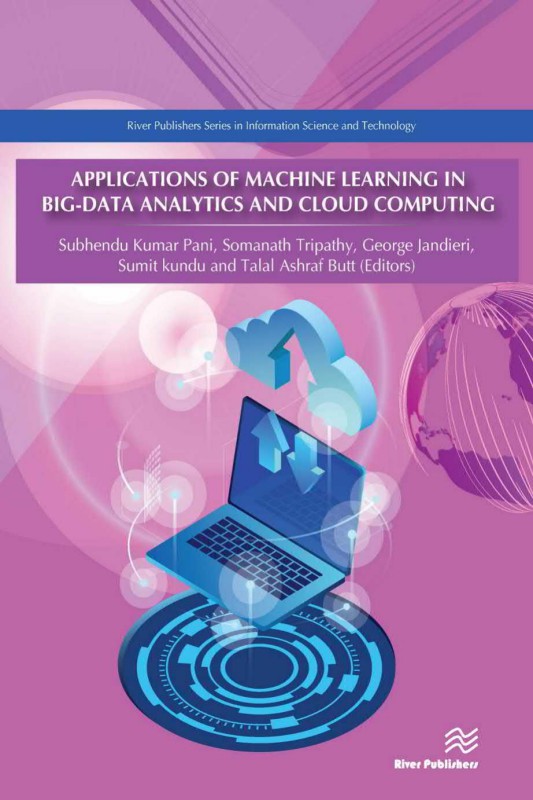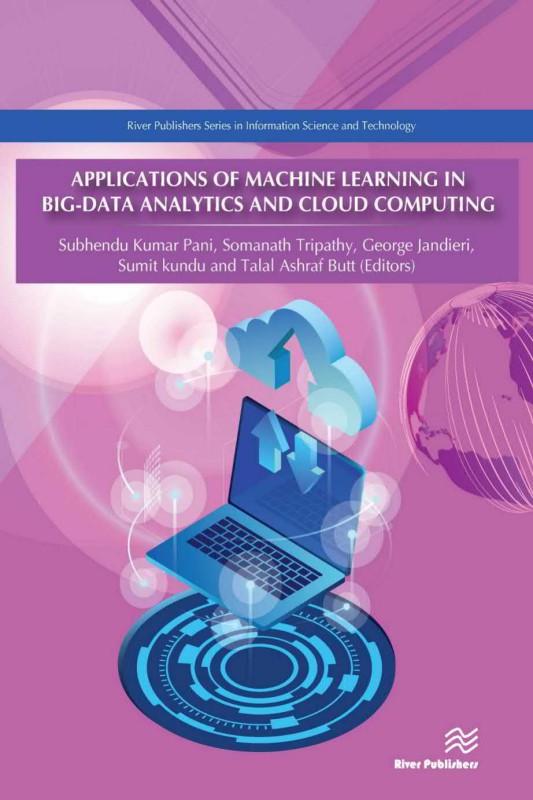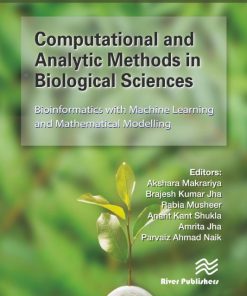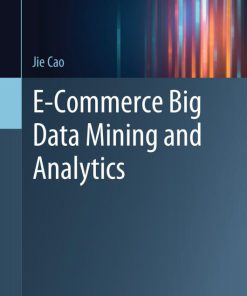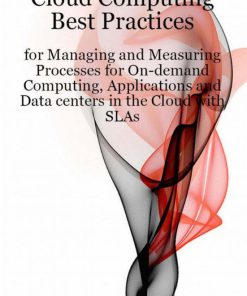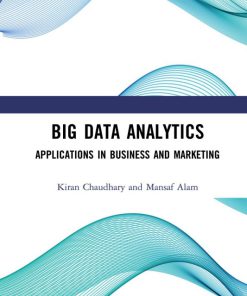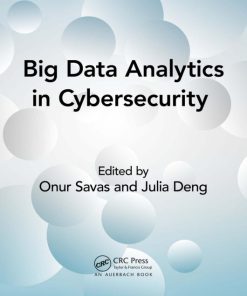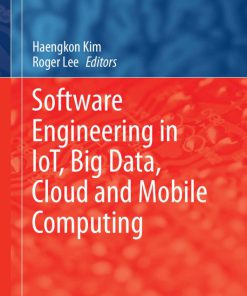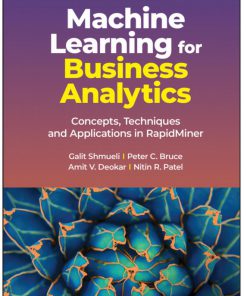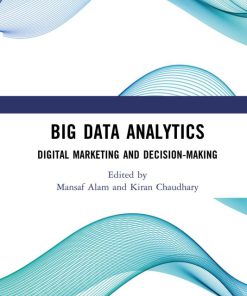Applications of Machine Learning in Big Data Analytics and Cloud Computing 1st edition by River Publishers 9781000796322 1000796329
Original price was: $50.00.$25.00Current price is: $25.00.
Authors:Subhendu Kumar Pani; Somanath Tripathy; George Jandieri; Sumit Kundu; Talal Ashraf Butt , Series:IT & Computer [125] , Tags:Big Data sources; Performance Modelling and Analysis; Clouds and Clusters; Programming Systems; Supply Chain in the Cloud; Machine Learning; Deep Learning; Swarm Intelligence; Bayesian methods : Data Clusters; Resource scheduling; Hybrid Clouds; Blockchain; Fog computing , Author sort:Pani, Subhendu Kumar & Tripathy, Somanath & Jandieri, George & Kundu, Sumit & Butt, Talal Ashraf , Ids:9788770221825 , Languages:Languages:eng , Published:Published:Jul 2021 , Publisher:River Publishers , Comments:Comments:Cloud Computing and Big Data technologies have become the new descriptors of the digital age. The global amount of digital data has increased more than nine times in volume in just five years and by 2030 its volume may reach a staggering 65 trillion gigabytes. This explosion of data has led to opportunities and transformation in various areas such as healthcare, enterprises, industrial manufacturing and transportation. New Cloud Computing and Big Data tools endow researchers and analysts with novel techniques and opportunities to collect, manage and analyze the vast quantities of data. In Cloud and Big Data Analytics, the two areas of Swarm Intelligence and Deep Learning are a developing type of Machine Learning techniques that show enormous potential for solving complex business problems. Deep Learning enables computers to analyze large quantities of unstructured and binary data and to deduce relationships without requiring specific models or programming instructions.This book introduces the state-of-the-art trends and advances in the use of Machine Learning in Cloud and Big Data Analytics. The book will serve as a reference for Data Scientists, systems architects, developers, new researchers and graduate level students in Computer and Data science. The book will describe the concepts necessary to understand current Machine Learning issues, challenges and possible solutions as well as upcoming trends in Big Data Analytics.

